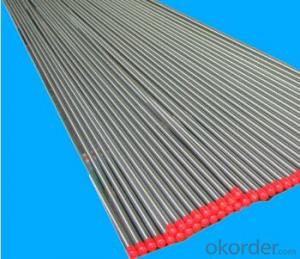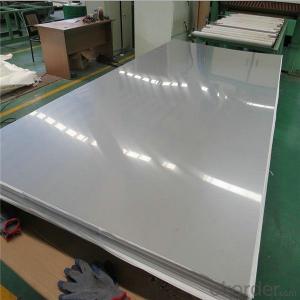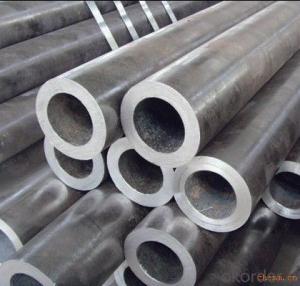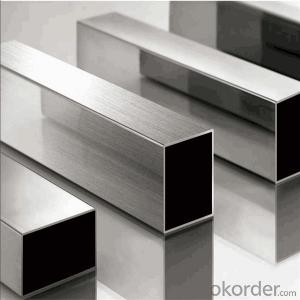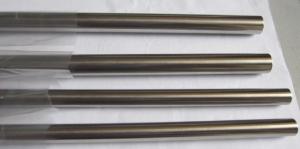2205 Duplex Stainless Steel
2205 Duplex Stainless Steel Related Searches
Best Paint For Stainless Steel Blanket Insulation For Steel Buildings Primer For Galvanized Steel Foam Filter For Stainless Steel H S Code For Stainless Steel Surface Grinding Wheels For Stainless Steel Surface Grinding Wheels For Hardened Steel Hole Saw For Stainless Steel Paint For Stainless Steel Stainless Steel For BbqHot Searches
Steel Mesh Panels For Sale Price For Stainless Steel Scrap Scrap Price For Stainless Steel Price For Stainless Steel Stainless Steel Tank For Sale Stainless Steel Sheets For Sale Cheap High Tea Sets For Sale Stainless Steel Tanks For Sale Stainless Steel For Sale High Density Fiberboard For Sale Solar Hot Water Collectors For Sale Scaffolding For Sale In Uae Scaffolding For Sale In Ireland Scaffolding For Sale In Houston Type Of Inverter For Solar Price Of Shipping Containers For Sale Types Of Inverter For Solar Stock Price For Aluminum Used Solar Inverter For Sale Steel Mesh Panels For Sale2205 Duplex Stainless Steel Supplier & Manufacturer from China
Okorder.com is a professional 2205 Duplex Stainless Steel supplier & manufacturer, offers integrated one-stop services including real-time quoting and online cargo tracking. We are funded by CNBM Group, a Fortune 500 enterprise and the largest 2205 Duplex Stainless Steel firm in China.Hot Products
FAQ
- Yes, stainless steel pipes are suitable for pulp and paper mills. They offer excellent corrosion resistance, durability, and high temperature resistance, making them ideal for handling various chemicals and fluids used in the pulp and paper industry. Additionally, stainless steel pipes are easy to clean, reducing the risk of contamination and maintaining high hygienic standards required in these mills.
- No, stainless steel pipes cannot be directly insulated with polyphthalamide. Polyphthalamide (PPA) is a high-performance thermoplastic that is often used as an insulating material due to its excellent thermal and electrical properties. However, PPA is typically used as a polymer or resin for injection molding applications, rather than as an insulation material for pipes. When it comes to insulating stainless steel pipes, there are several commonly used insulation materials such as fiberglass, mineral wool, or foam insulation. These materials are designed to provide thermal insulation and prevent heat transfer, while also offering protection against corrosion and condensation. If there is a need to insulate stainless steel pipes, it is best to choose an appropriate insulation material that is specifically designed for pipe insulation, rather than attempting to use polyphthalamide which is not typically used for this purpose.
- The difference between galvanized steel pipe and stainless steel pipe
- Galvanized pipes are generally used for fire fighting and circulating water supply (non living water supply)
- Indeed, the resistance of stainless steel pipes to corrosion caused by sea water is highly remarkable. The exceptional corrosion resistance of stainless steel is widely recognized, which makes it an optimal material for various applications, including pipes utilized in marine settings. The presence of elevated levels of chromium and nickel in stainless steel results in the formation of a protective layer on the metal's surface, effectively preventing corrosion and damage caused by exposure to sea water. Moreover, stainless steel pipes also exhibit resistance against other forms of corrosion, such as rusting and pitting, thereby further augmenting their durability and longevity in marine environments. Consequently, stainless steel pipes prove to be a dependable option for applications involving contact with sea water.
- Annealed and tempered stainless steel pipes are both heat-treated to enhance their properties, but they differ in terms of their mechanical characteristics and applications. Annealed stainless steel pipes are soft and ductile due to the annealing process, which involves heating the material to a high temperature and then slowly cooling it. This process relieves internal stresses and increases the steel's flexibility, making it easier to bend and form. Annealed pipes have lower hardness and strength but are more resistant to corrosion. On the other hand, tempered stainless steel pipes undergo a different heat treatment process called tempering. After being quenched, the steel is reheated to a specific temperature and then cooled rapidly. This process improves the steel's strength, hardness, and toughness, making it more suitable for applications that require high mechanical properties. Tempered pipes have higher hardness and strength but may be slightly less resistant to corrosion compared to annealed pipes. The choice between annealed and tempered stainless steel pipes depends on the specific application. Annealed pipes are commonly used in industries that require excellent corrosion resistance and flexibility, such as food processing, pharmaceutical, and chemical industries. Tempered pipes, on the other hand, are preferred in applications that require higher strength and durability, such as construction, automotive, and aerospace industries. In summary, annealed stainless steel pipes are softer and more flexible with better corrosion resistance, while tempered stainless steel pipes are stronger and harder with slightly reduced corrosion resistance. The selection of the appropriate type depends on the mechanical requirements and the environment in which the pipes will be used.
- Yes, stainless steel pipes can be used for sewage treatment plants. Stainless steel offers exceptional resistance to corrosion, making it an ideal choice for handling wastewater and other corrosive substances commonly found in sewage treatment plants. Additionally, stainless steel pipes are durable, hygienic, and easy to maintain, making them suitable for the demanding conditions of sewage treatment facilities.
- Where is the difference between seamless steel pipe and welded pipe?
- Seamless steel tube is formed during rolling. Welded steel pipes need to be welded after coiling, and spiral welding and direct welding are generally used. Seamless performance is better, of course, the price is higher.
- The main difference between electropolished and mechanically polished stainless steel pipes lies in the method used to achieve the desired surface finish. Electropolishing involves immersing the pipe in an electrolyte solution and applying an electric current, which removes a thin layer of metal and impurities, resulting in a smooth, clean, and corrosion-resistant surface. On the other hand, mechanical polishing involves abrasive materials, such as sandpaper or polishing wheels, to physically remove imperfections and create a smooth surface. Both methods can enhance the aesthetics and performance of stainless steel pipes, but electropolishing offers superior cleanliness, corrosion resistance, and a more uniform finish.








